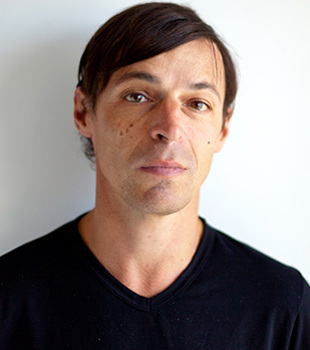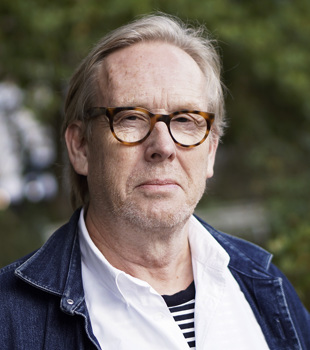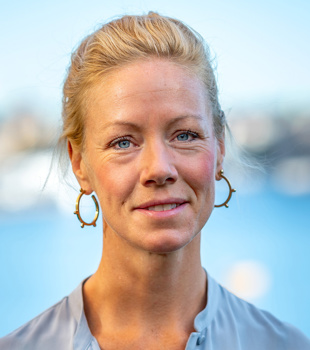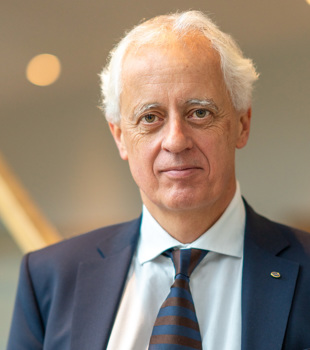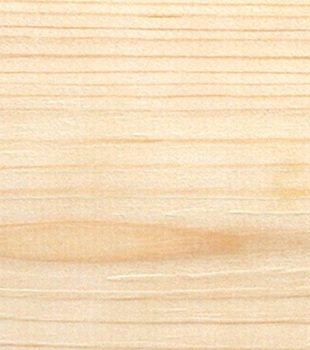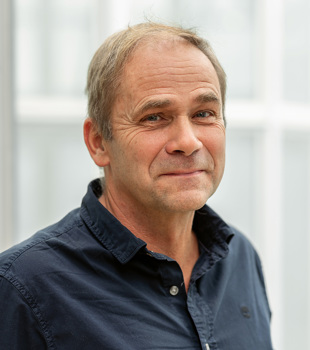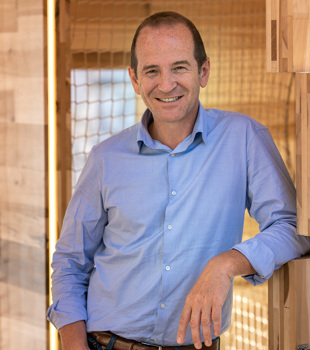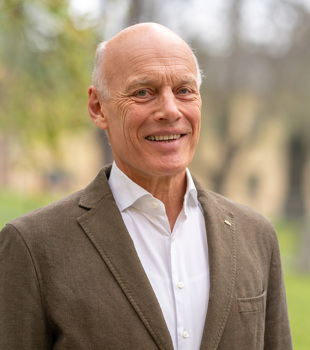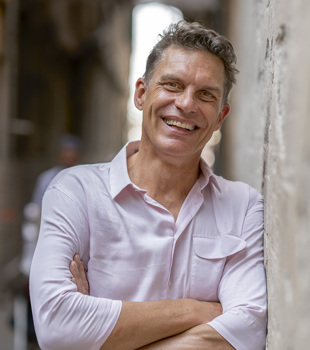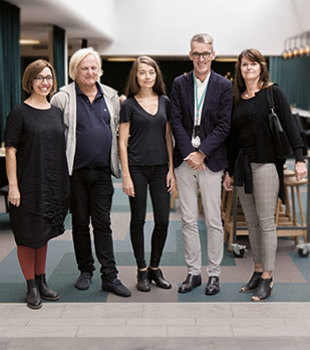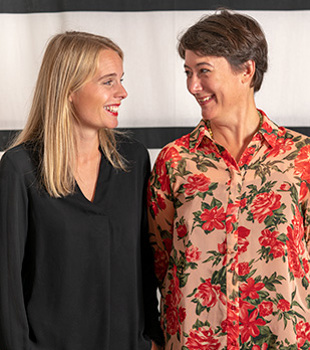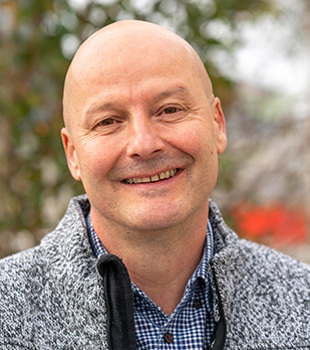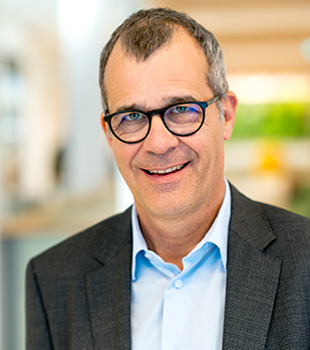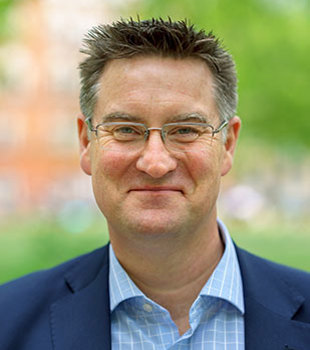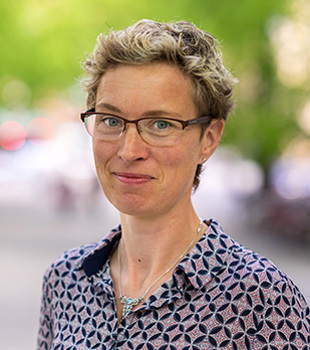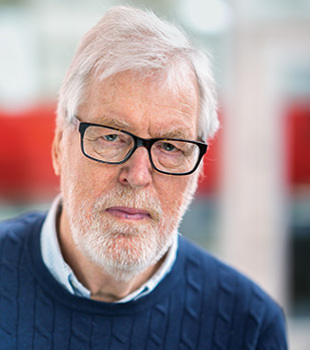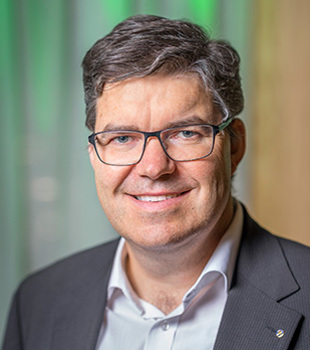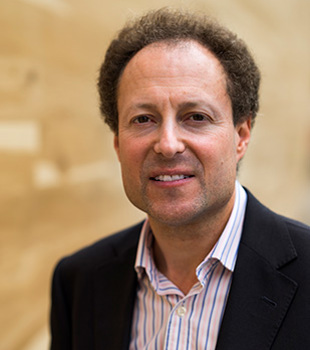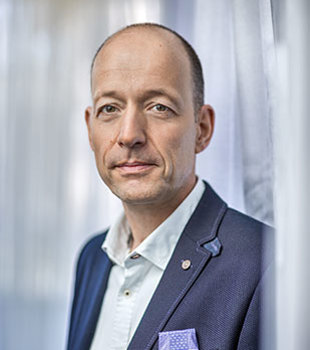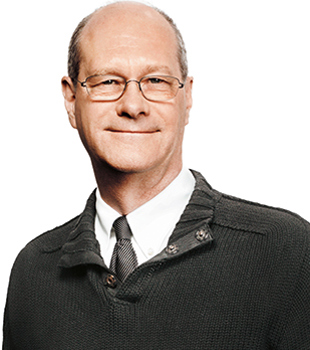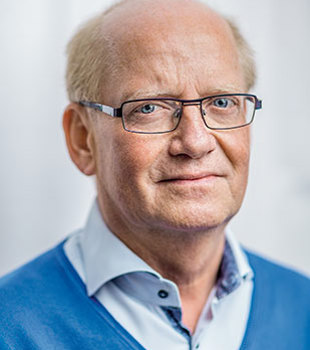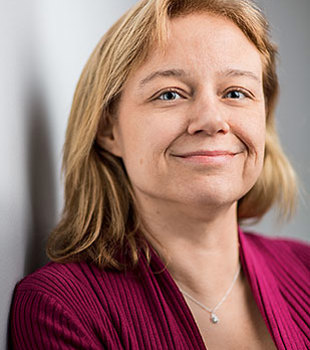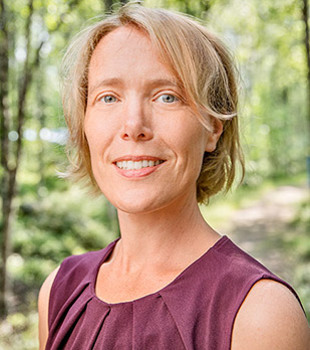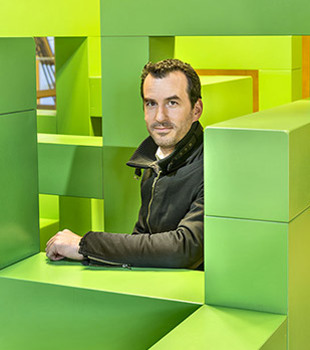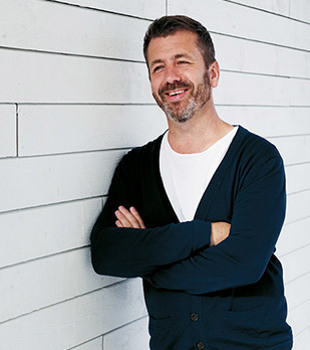Describe Helen & Hard’s background.
“Helen & Hard was founded in 1996 in Stavanger, on the west coast of Norway, by Siv Helene Stangeland and Reinhard Kropf. Today the firm has 25 youthful employees from ten countries, working at offices in Oslo and Stavanger. We design in different scales and scopes, on a wide spectrum of projects. We strive to creatively embrace sustainability, not only in the specification of the rooms, but also in the way we approach and organise the design process. Our aim is to shift from a purely technical and anthropocentric view (a view that puts humans at the centre of everything, ed.) and instead let the project develop in relation to its physical, social, cultural and economic context.”
You use wood a lot in your designs. How did that start?
“Our first project involving transforming some old timber buildings in the historic centre of Stavanger. We learned so much about timber structures on that project and we fell in love with the material. Wood is one of the most eco-friendly materials around. It stores carbon dioxide, can be reused and recycled, and has a positive effect on our health and wellbeing. In addition, it has a rich history in Scandinavia as well as a fantastic aesthetic and structural quality.”
How do you feel about combining wood with other materials?
“When we design architecture, we try to weave all the aspects, materials and parts of a building into a new whole. Every wooden building has elements that use other materials, such as the foundations, technical infrastructure and windows. In the library in Vennesla or the pavilion for the Shanghai Expo, we tried to invent new hybrid structures by combining different materials with different parts of the building.”
So what is your view on hybrid structures?
“The future looks bright for them, and recent developments in the field are proving extremely interesting. Nevertheless, we feel it’s important to consider just how environmentally sound hybrid structures are. You have to consider whether a hybrid or composite material can be recycled and reduced to its constituent parts at the end of its life.”
It often looks like you sculpt in wood. Tell us more.
“Wood has excellent inherent qualities that we like to develop and experiment with. In order to design wooden buildings, you have to be interested in trees. You can get all sorts of inspiration from trees, for example how joints are solved. CNC technology has created new opportunities to manufacture and sculpt in wood.”
How do you create a good working relationship between the architects and the structural engineers?
“We involve engineers and consultants early on in the design phase. We also try to maintain a continuously creative and rewarding collaboration throughout that process.”
What projects are you particularly proud of and why?
“The library in Vennesla and the I-park in Stavanger. They both have a poetic and beautiful construction made up of many parts, including the technical infrastructure and the interiors.”
How do you manage the combination of work and private life?
“There’s no clear boundary between the two. We have a cabin at the sea where we can chill out and stress down.”
Intervju David Valldeby

